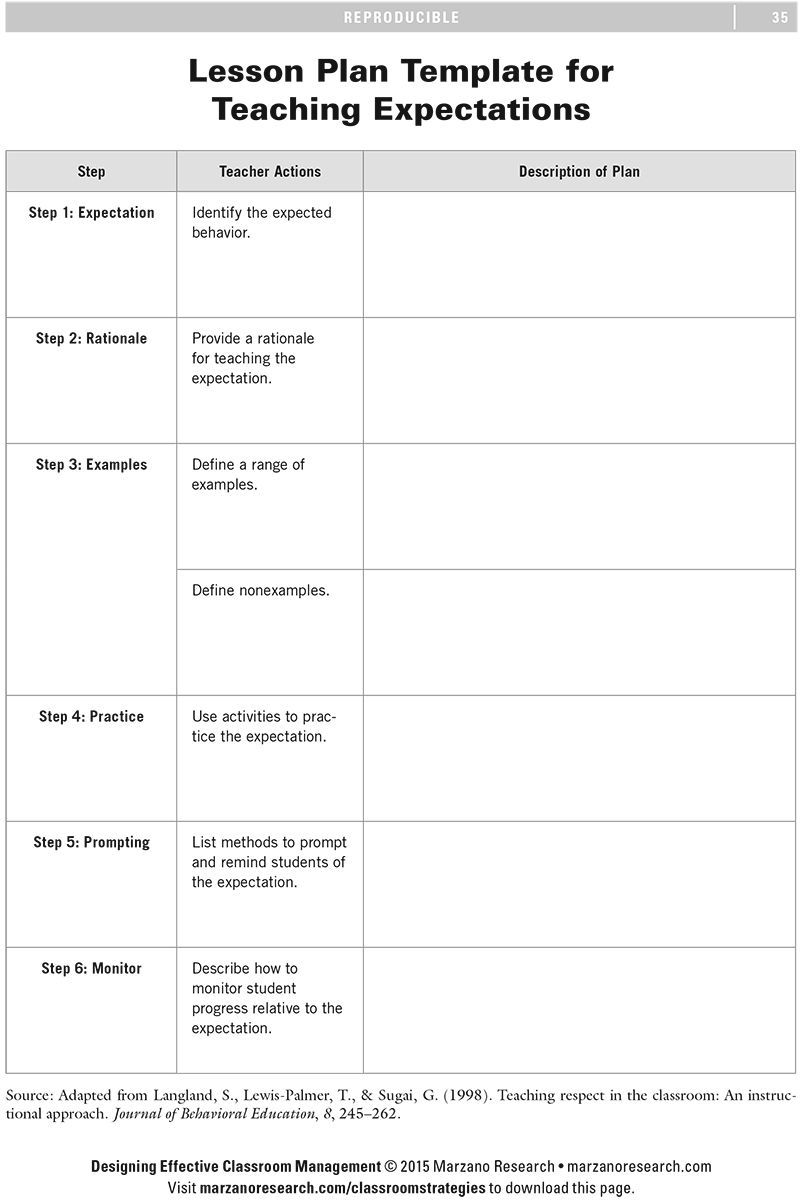Direct instruction is a teaching method that involves the explicit teaching of a skill or concept. It is a teacher-centered approach that focuses on clear objectives and step-by-step instruction. A well-structured lesson plan is essential for effective direct instruction.
In this article, we will discuss the components of a direct instruction lesson plan template and how to create one for your classroom.
Direct Instruction Lesson Plan Template
1. Learning Objective: Start your lesson plan by clearly stating the learning objective. What do you want your students to know or be able to do by the end of the lesson? Make sure the objective is specific, measurable, achievable, relevant, and time-bound.
2. Anticipatory Set: This is the hook that grabs your students’ attention and prepares them for the lesson. It could be a thought-provoking question, a short video clip, or a real-world scenario related to the topic.
3. Direct Instruction: This is the core of your lesson where you provide explicit instruction on the skill or concept. Break down the content into smaller chunks and present it in a clear, sequential manner. Use examples, demonstrations, and guided practice to help students understand the material.
4. Guided Practice: After presenting the content, give students an opportunity to practice what they have learned. Provide structured activities or exercises that allow for immediate feedback and reinforcement of the new skill.
5. Closure: Wrap up the lesson by reviewing the key points and connecting them back to the learning objective. Ask students to summarize what they have learned and provide closure to the lesson.
In conclusion, a well-designed direct instruction lesson plan template is crucial for effective teaching and learning. By following these steps and incorporating best practices, you can create engaging and impactful lessons for your students.
Thank you for reading our article on Direct Instruction Lesson Plan Template. We hope you found it helpful and informative. Happy teaching!
